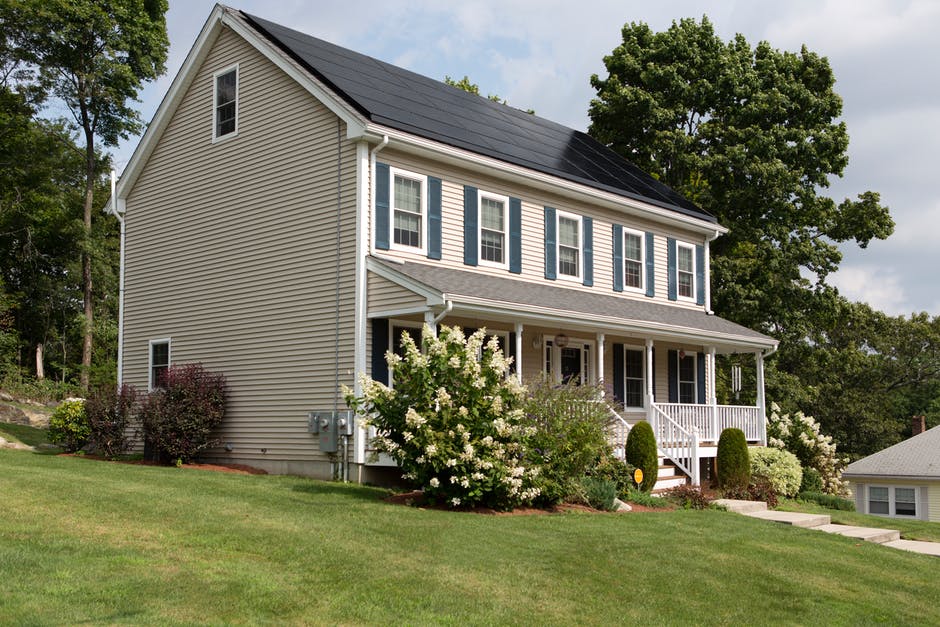Over 30% of new homes built in the US choose vinyl siding. Why? Vinyl siding is typically cheaper and quicker to install than other types of siding.
But that doesn’t mean that vinyl siding is the full-proof option. Even the best choice of siding will need to be replaced eventually.
Keep reading to discover the top signs that it’s time for a vinyl siding replacement.
1. Rotted Siding
If you see any rotted siding on your home, you’re in desperate need of siding repairs.
Extreme temperatures, pests, and moisture all lead to rotting when left untreated for extended periods of time. While rotting is more common in wood siding, it can happen to all different kinds of material.
Sometimes siding rot isn’t very obvious. Run your hands across the panels. Do you feel the siding material giving away or weak spots on the panel? If so, you’ve got siding rot.
Wondering how to replace rotted siding on your house?
First, find out how far the rotting has spread. If it is just a small area, you can replace the panel on your own with a little DIY. If the rotting is widespread, it’s best to consult a professional to ensure that the whole problem is properly dealt with.
2. Gaps or Cracks
Gaps or cracks, even just a few, are both signs that you have bad siding.
These are often caused by aging and are a good clue that your siding is old enough for replacing. Sometimes, your siding will receive gaps or cracks due to contact damage. This includes hail, impact due to strong winds, or even a stray baseball from your children.
While one little gap or crack may seem harmless, but they can allow moisture to enter into your home. This leads to mold, which is dangerous to your family.
3. Loose Siding
Loose siding most commonly occurs after a severe storm with strong winds.
If you find that only one panel of your siding is loose, you can attempt to reattach it yourself. Just keep an eye on it to make sure that it doesn’t become loose again.
Failing to reattach the loose siding can lead to much bigger problems, such as moisture causing widespread rotting.
4. High Electricity Bills
Still not sure when to replace vinyl siding? Take a look at your electricity bills for a clue.
If you’ve seen a gradual rise in the costs to heat or cool your home, your siding may be the culprit. Bad siding leads to less insulation for your home, meaning your home uses more energy to maintain its ideal temperature.
Take a look at your utility bills and compare them to previous months and previous years during the same time period. A small fluctuation is okay. But if your bill is gradually increasing over time, you have a problem.
Don’t Put off Vinyl Siding Replacement
If you see any of these signs start to appear, don’t hesitate to contact a professional.
If the issue is isolated, like one cracked siding panel, try repairing that one panel. But, if the problem is widespread, you’ll need complete vinyl siding replacement.
Overwhelmed by all the needs of homeownership? Bookmark the Tips section of this blog and check back often for all the best home advice.

Leave a Reply